
Speakers
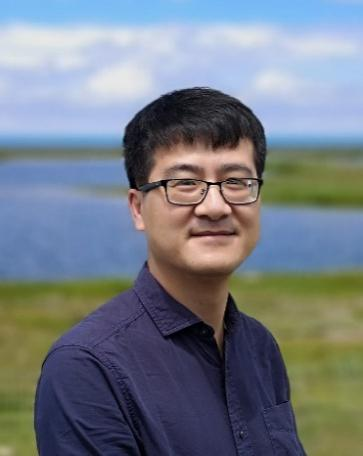 | Qinmin Yang,IEEE Senior Member, Professor, Zhejiang University Bio: Qinmin Yang received the Bachelor's degree in Electrical Engineering from Civil Aviation University of China, Tianjin, China in 2001, the Master of Science Degree in Control Science and Engineering from Institute of Automation, Chinese Academy of Sciences, Beijing, China in 2004, and the Ph.D. degree in Electrical Engineering from the University of Missouri-Rolla, MO USA, in 2007. From 2007 to 2008, he was a Post-doctoral Research Associate at University of Missouri-Rolla. From 2008 to 2009, he was a system engineer with Caterpillar Inc. From 2009 to 2010, he was a Post-doctoral Research Associate at University of Connecticut. Since 2010, he has been with the State Key Laboratory of Industrial Control Technology, the College of Control Science and Engineering, Zhejiang University, China, where he is currently a professor. He has also held visiting positions in University of Toronto and Lehigh University. |
| Speech title: Theoretical research and practice in intelligent control design for wind energy Abstract: Wind energy has been considered to be a promising alternative to current fossil-based energies. Large-scale wind turbines have been widely deployed to substantiate the renewable energy strategy of various countries. In this talk, challenges faced by control community for high reliable and efficient exploitation of wind energy are discussed. Advanced controllers are designed to (partially) overcome problems, such as uncertainty, intermittence, and intense dynamics. Theoretical results and attempts for practice are both present. 报告题目:大规模风电应用中的智能技术研究 报告摘要:我国能源战略和双碳目标要求使用更多的可再生能源。然而,当前的风电技术水平在满足未来在经济性、安全性、可靠性等方面的要求时还面临很大挑战。为了实现风能利用过程中的智能化和鲁棒性,本研究通过工业人工智能和控制领域的最新理论进展,尝试提出一些新方法用于提高风电接入和调控等方面的效率和可靠性,希望能对我国下一代能源网络的实现提供一些新的工具和方法。 | |
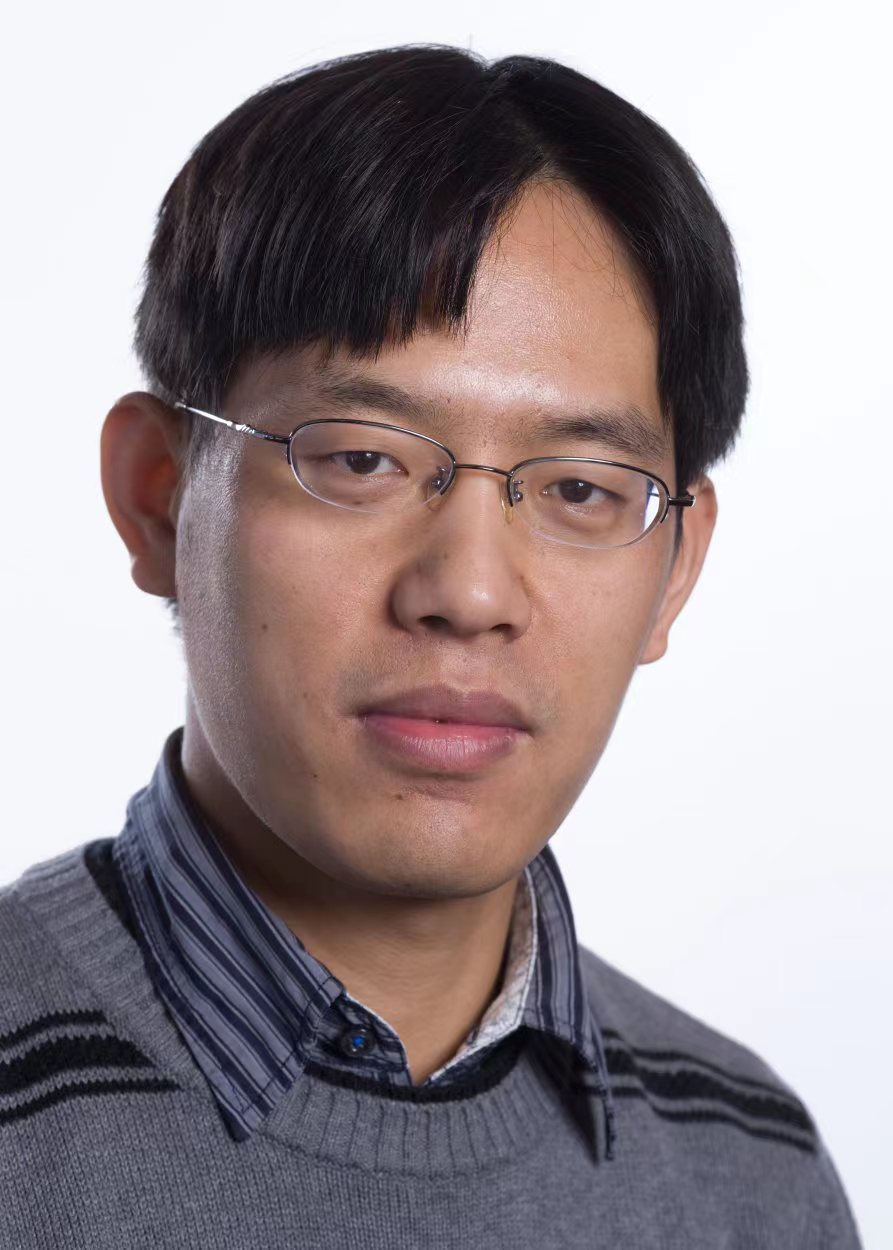 | Shujun Li, Professor, University of Kent, UK
Bio: Shujun Li is Professor of Cyber Security at the School of Computing, University of Kent in the UK. He is the Director of the Institute of Cyber Security for Society (iCSS), which represents the University of Kent as one of 19 UK government recognised Academic Centres of Excellence in Cyber Security Research (ACEs-CSR). His research interests are mostly around interdisciplinary topics covering cyber security and privacy, human factors, digital forensics and cybercrime, social media analytics, and AI. He has published over 100 research papers at international journals and conferences, and received four Best Paper Awards including the 2022 IEEE Transactions on Circuits and Systems Guillemin-Cauer Best Paper Award and Best Paper Awards at HICSS 2021, HAS 2017 and IIEEK IEVC 2012, and also a Honourable Mention at ICWSM 2020. He published a monograph on cognitive modelling (Springer 2020), and co-edited four books including Handbook of Digital Forensics of Multimedia Data and Devices (John Wiley & Sons, Inc. and IEEE Press 2015). In 2022, he received the IEEE SMC (Systems, Man, and Cybernetics) Society TCHS (Technical Committee on Homeland Security) Research and Innovation Award 2022. In 2012, he received an ISO/IEC Certificate of Appreciation, for being the lead editor of ISO/IEC 23001-4:2011, the 2nd edition of the MPEG RVC (Reconfigurable Video Coding) standard. He is currently on the editorial boards of a number of international journals, and has been on the organising or technical program committees of over 100 international conferences and workshops. He is a Fellow of BCS, a Senior Member of IEEE, and a Member of ACM. He is a Founding Vice President and Director of the ABCP (Association of British Chinese Professors). More about his research and professional activities can be found at his personal website http://www.hooklee.com/. |
| Speech title: When Humans and Computers Come Together: A New or Resurged Old Research Paradigm? Abstract: In this talk the speaker will talk about his personal observation and thoughts on a range of newly emerged research topics and concepts in computer science and other related disciplines, which are all around a key concept of putting humans and computers together. He will look at historical roots of such concepts in computer science and application backgrounds of such topics and concepts, and makes his attempt of connecting many of them. The talk will touch a number of fundamental concepts in computer science such as the term "computing" itself, and crosscuts a number of important areas in computer science including AI, HCI, cyber security, and information visualisation. It will also go beyond computer science to look at closely related disciplines such as cognitive and behavioural sciences, modelling and simulation, sociology, and engineering. | |
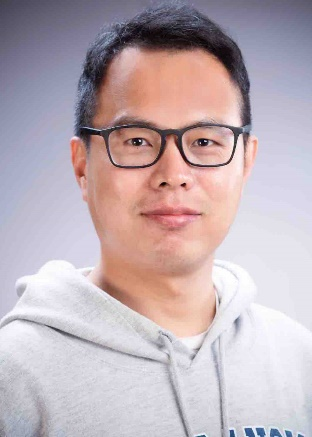 | Yanan Sun, IEEE Member, Professor, Doctoral supervisor, Sichuan University
Bio: He has published about 50 peer-reviewed papers in top-tier conferences and journals, and most are published in IEEE TEVC, IEEE TCYB, IEEE TNNLS, CEC, and GECCO. Among the publications, four have been ranked as ESI TOP 1% Highly Cited Paper, three have been ranked as ESI TOP 0.1% Hot Paper, and two have been selected as Research Frontier papers from IEEE CIS Newsletter. Dr. Sun has made contributions to the research field of neural architecture search. In particular, the indicator “GPU Day” measuring the algorithm complexity of neural architecture search algorithm was firstly proposed by Dr. Sun. The term “performance predictor” which is a new research direction to accelerate neural architecture search was also firstly proposed by Dr. Sun. In addition, Dr. Sun has also led the construction of the BenchENAS platform that provides neural architecture search as a benchmarking platform. In addition, Dr. Sun has also been selected as “World’s Top 2% Scientists 2021”. |
| Speech title: Evolutionary Neural Architecture Search: Past and Future Abstract: Deep Neural Networks (DNNs) have achieved great success in many applications. The architectures of DNNs play a crucial role in their performance, which is usually manually designed with rich expertise. However, such a design process is labor-intensive because of the trial-and-error process, and also not easy to realize due to the rare expertise in practice. Neural Architecture Search (NAS) is a type of technology that can design architectures automatically. Among different methods to realize NAS, Evolutionary Computation (EC) methods have recently gained much attention and success. In this talk, we will briefly summarize the EC-based NAS algorithms over 200 papers of most recent EC-based NAS methods in light of the core components, to systematically discuss their design principles as well as justifications on the design. In addition, current challenges and issues of EC-based NAS are also discussed to identify future research in this emerging field. | |
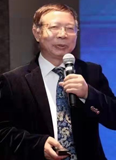 | Zhigeng Pan, Professor, Nanjing University of Information Science & Technology, China Bio: Full professor and Doctoral tutor. Chief scientis of National Key R&D Program of China. Director of Insitute of VR and Intelligent Systems, Hangzhou Normal University, and the Dean of School of Artificial Intelligence, Nanjing University of Information Science & Technology, China, |
| Speech title: Application of VR/AR and AI to Education in Metaverse Abstract: This talk briefly introduces VR/AR/Human-Computer Interaction technologies in the metaverse, including the scientific issues, key technologies, solutions and detailed examples of applications, which are based on the research results of the Key Program of the National Natural Science Foundation of China, the National Key Technology Research and Development Program of the Ministry of Science and Technology of China as well as National Program on Key Basic Research Project of China (973 Program), and finally discusses the application of these technologies in smart education, especially in virtual e-learning environments (virtual experiments). 报告摘要: 简要介绍元宇宙中的VR/AR/人机交互技术,结合所负责的国家基金重点基金项目、国家科技支撑计划项目和国家重点研发计划项目,对VR/AR/交互技术内容进行了介绍,特别是其中的科学问题、关键技术、解决方案以及一些具体的例子,最后讨论这些技术在智慧教育中的应用,特别是虚拟电子学习环境(虚拟实验)。 | |
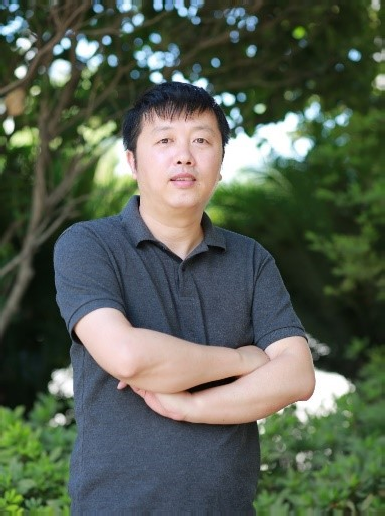 | Xiaodong Yang, Reseacher, Director of Medical Imaging Technology Laboratory, Suzhou Institute of Medical Technology Bio: Currently, he is the executive deputy director of the Joint Laboratory of Medical Imaging Technology, Suzhou Institute of Medical Engineering, Chinese Academy of Sciences and Johns Hopkins University, and the director of suzhou Key Laboratory of Molecular Imaging, mainly engaged in the research and development of medical imaging instruments. Up to now, he has presided over and undertaken 21 applied research and engineering research projects, completed 4 projects entrusted by enterprises, and undertaken 11 national and provincial research projects, including the major instrument Development Special project of the Ministry of Science and Technology, the Science and Technology Support Plan of the Ministry of Science and Technology, and the scientific research equipment development project of the Chinese Academy of Sciences. Academic journals published more than 40 papers, the influence factor of up to 7.37, with 15 patents and software copyright, President of several international medical imaging authoritative academic journals in the field of referees, the state Ministry of Science and Technology evaluation experts, a judge of the national natural science foundation, awarded "333 high-level personnel training project", "double" talent ", such as funding, And jiangsu province "Overseas Chinese star", the Chinese Academy of Sciences "Distinguished Researcher" and other honors. |
报告题目:基于新一代脑磁图仪的脑磁信号分析及应用展望 报告摘要:报告将介绍基于原子磁力计(OPM)的新一代脑磁图仪的原理和发展现状,以及信号采集和分析的流程和算法,并报道在光阻断、听觉诱发、工作记忆、儿童脑磁图、运动状态测量等大脑认知领域的最新实验结果。 | |
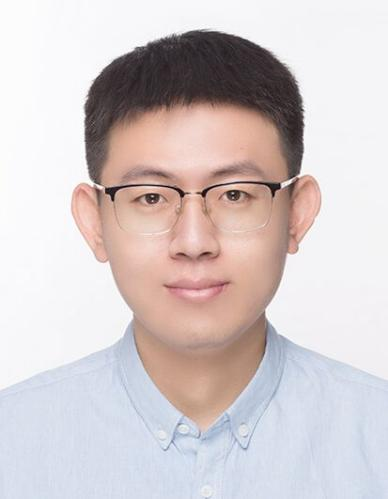 | Yamin Huang, PhD in Engineering, researcher, National Water Transport Safety Engineering Research Center, Wuhan University of Technology.
Bio: He graduated from Delft University of Technology in the Netherlands in 2019. The next year was selected as chutian Scholars plan chutian students in Hubei Province. Mainly engaged in the intelligent research of water traffic system, including ship motion planning and control, human-computer interaction design, traffic situation modeling and water traffic safety management, etc. He has presided over and participated in 4 provincial and ministerial scientific research projects, such as National Natural Science Foundation of China and Key RESEARCH and Development Program of Zhejiang Province. In the past five years, he has published more than 30 academic papers, including 14 papers in Ocean Engineering, Safety Science, Risk Analysis, IEEE ITS, IEEE ITS Magazine and other journals. Assistant editor of Traffic Information and Safety, Youth Editorial Board member of Journal of Traffic and Transportation Engineering, echelon editorial Board member of Transportation Safety and Environment; Guest editor of Journal of Marine Science and Engineering; Ocean Engineering, Safety Science, Reliability Engineering and System Safety, Journal of Navigation, Reviewer of IEEE ITS and other journals. In 2021, it won the second prize of Science and Technology Progress award of China Navigation Society (2/10). |
| Speech title: Study on Interpretable and Interactive Maritime Autonomous Surface Ships (i2-MASS) Abstract: With the development of artificial intelligence, the internet of things, etc., the development of self-navigating ships turns out to be possible in the shipping industry, which had triggered a lot of discussion in recent years. Many companies and countries have announced their plans to speed up the development of MASS, and International Maritime Organization has formally ticked off discussions on technical, practical, and legislative issues about MASS. Autonomous navigation, which is believed to be one fundamental function of MASS, has attracted the most attention from researchers. One ship is in autonomous navigation mode refers to the case that the ship could automatically plan the path, track the path, replan the path, avoid collisions, etc. By introducing the methods from Robotics, many researchers have proposed various autonomous navigation systems (ANS) for ships that could support autonomous navigation in open waters and some representative algorithms are artificial potential field, dynamic windows, rapidly random trees, model predictive control, reinforcement learning, etc. However, due to the limited knowledge about the performance and reliability of these methods, in reality, the human operators onboard are still necessary inside of the control loop. So far, most ANS are relying on techniques that are usually unexplainable to humans (e.g., reinforcement learning). Additionally, few of them are friendly to human operators. Hence, it is challenging for human operators to understand and judge the decisions of ANS, needless to say, to intervene in the decision of ANS. This speech introduced a Human-Machine Interactive Decision Support System (HMI-DSS) for interpretable and interactive MASS (i2-MASS) that could help share decision-making between human operators and machines, i.e., help human operators to interpret the intention of the MASS and allow the human operators to modify the decision of the ship and vice versa. The proposed HMI-DSS contains a two-layer controller. The low-level controller controls the ship according to input decisions from the high-level controller; the high-level controller finds optimal solutions and allows human-machine interactions. Specifically, the proposed HMI-DSS visualizes the decision space of the MASS; finds an executable and optimal solution for the ship, eliminates dangerous solutions for human operators and allows the human operators to modify the solutions via the human-machine interaction. To demonstrate the function of the proposed HMI-DSS, one MASS sailing in narrow waters (inland waters) is simulated. The results show that the proposed method is friendly for human operators to interpret the decision of the MASS and interact with the ship, which has potential for the development of MASS in the future. | |